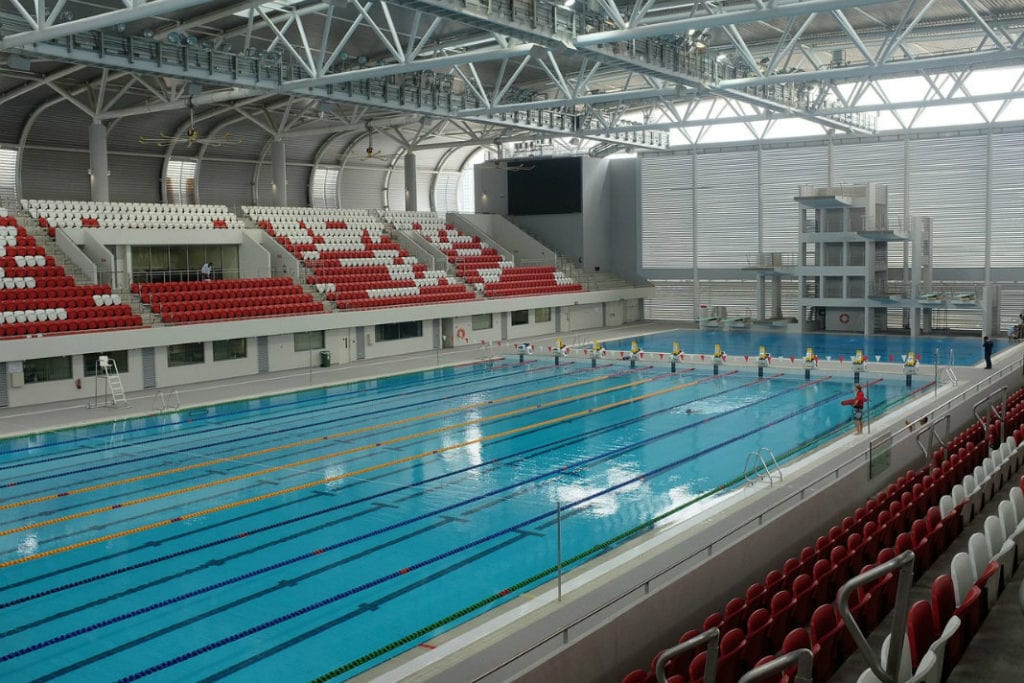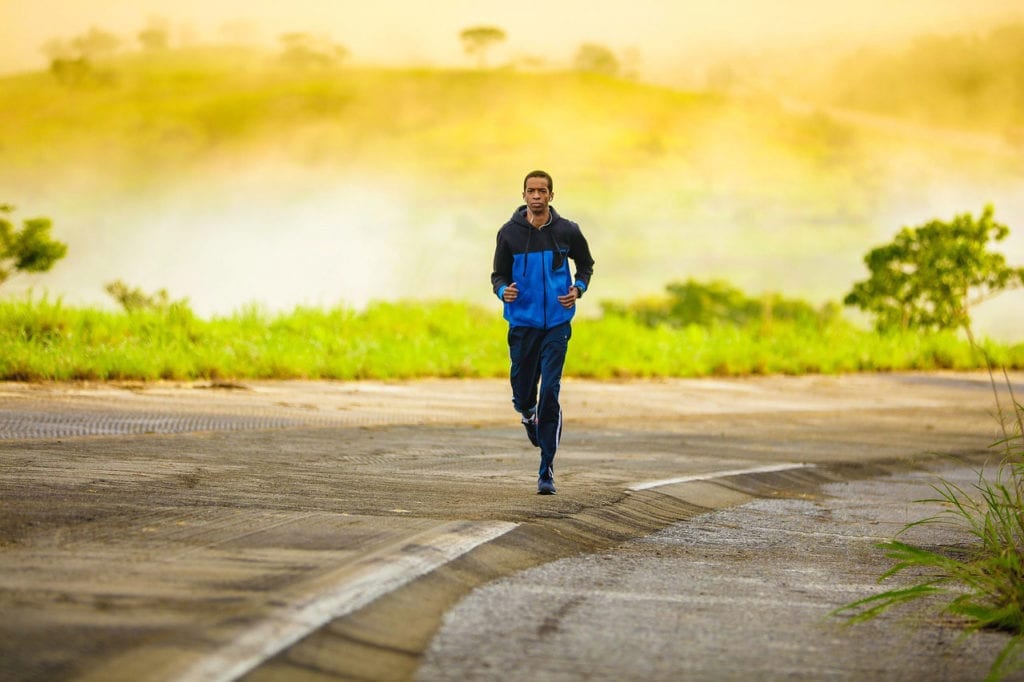Exercising with Ehlers-Danlos syndrome (EDS) is complicated. On one hand, you have to do it: exercise is the best treatment people with EDS have for an otherwise untreatable condition. On the other hand, people with EDS have to be very careful about which exercises they participate in to avoid injury, and they often experience pain during the workout.
EDS is an underdiagnosed genetic condition that affects connective tissue production. This can manifest in a variety of ways, from the classic symptoms of stretchy skin and hypermobile joints, to concealed and often mysterious effects, like heart problems, low blood pressure, and fainting. You can read more about EDS over at Patient Worthy’s disease cornerstone page here.
EDS affects every patient differently, so each person has to figure out what works for them — typically with the help of a physical therapist.
If you have EDS, and particularly if you have joint hypermobility, here are some guidelines to keep in mind. These guidelines are not a replacement for working with a specialist on an exercise plan, but can be used as general knowledge on being safe with EDS and exercise.
DO:
DO Exercise Regularly: If you have EDS, the connective tissue in your tendons and ligaments may be compromised. Luckily, strong muscles can help pick up some of the slack, stabilize and secure your joints in place, and cut down chronic pain. Everyone knows that exercise is good for you, but if you have EDS, think of it as daily medicine.
DO Consider Getting In the Water: Even people without hypermobility rave about swimming as an alternative to running, since it gives a full body workout without placing as much stressing on the joints. If your joints are already a little wiggly, the pool is an excellent place to work out. With that said, certain strokes should be treated with more caution — for example, the butterfly stroke can be harder on your shoulders. If swimming doesn’t feel like the right option for you, check out water resistance exercises and aquatic therapy. Strength training in the water can also help build muscles without the same gravity complications you might experience on land.

DO Consider Machine Cardio: Elliptical machines are another great way to get the benefits of cardio without damaging your joints. Stationary bikes are also solid ways to get low-impact exercise.
DO Be Careful With Free Weights: Stabilizers are the deep muscles people often forget about, like the tiny muscles along your spine. However, if you have hypermobile joints, their importance can’t be overstated. These muscles are less involved with obvious movement and more involved with keeping your joints stable. Working out with free weights strengthens stabilizer muscles in a way that machines, which often only have your muscles move on one axis, don’t. The downside of free weights is that their lack of rules gives you more room to make mistakes, so it’s best to start light and to work with someone who understands your condition to do this safely. To read more about strengthening stabilizer muscles click here.
DON’T:
DON’T Stop Because of Mild to Moderate Pain (Kind of): This is a tricky one, because you shouldn’t stop listening to your body if something feels really wrong. Working out with EDS may hurt, but patients are encouraged to push through some pain. It might be difficult, but ultimately, strengthening your muscles will reduce chronic pain in the long run. Listening to your body and respecting your limits is very important — you may want to work with a physical therapist to better differentiate good and bad pain — but understand that pain is probably going to be part of the process.
DON’T Sign Up for Contact sports: Football, hockey, rugby, aggressive trampolining — avoid anything that involves tackling, severe injuries, and your mother’s disapproval. If you regularly hear about athletes leaving a sport due to injuries, it’s best to keep your distance. EDS patients are especially vulnerable to these risks, and may have a more difficult time healing.
DON’T But Those Distance Running Sneakers: Cross-country and Trail Running are some of the less joint-friendly cardio options out there. People will tell you how much they love running outdoors, and it will sound really wholesome and nature-y, but always remind yourself that you get to watch TV on the elliptical. And that’s not all! Check out more of the rare benefits of EDS here.
DON’T Be Reckless With High-Intensity Workouts: The bright side of having a rare connective tissue disorder is that you are now exempt from high intensity workouts such as Olympic deadlifting, CrossFit and your local Booty Bootcamp. If you’re really enthusiastic about them, you could potentially, carefully work your way up to these workouts, but if not the risks may outweigh the benefits.

DON’T Get Too Caught Up in the Competition: If you can’t tell whether your flexibility is coming from stretching your muscles or stretching your already stretchy tendons and ligaments, you might want to avoid competitive group sports that can lead to a loss of physical control, such as football or cheerleading. There are ways to work around this, but competitive sports have also been shown to incentivize harmful practices when it comes to personal health and safety.
DON’T Disregard Safety Practices If You Don’t Quite Meet EDS Diagnostic Criteria: To be clear, we not advising the general public to go on a self-diagnostic spree. With that said, EDS diagnostic criteria is weird and imperfect and changes as researchers learn more about it. It typically takes years for someone searching for answers to receive an official diagnosis, and others go their whole life without finding one. There’s also a misconception that people who fit into the criteria of hypermobility spectrum disorder (HSD) instead of EDS have a less severe condition, which isn’t true — both disorders cause widely varying symptoms. If you’re still working to secure an official diagnosis, don’t dismiss the symptoms that you have. Play it safe. Your doctor might have you in EDS limbo, but that doesn’t necessarily mean your connective tissue is working as it should. Even if it turns out you don’t have EDS or HSD, then the worst that has happened is you’ve done some joint-friendly exercises and made an active effort to avoid concussions and injuries.
DON’T Get All Your Information From This or Any Other Article: Seriously, we’re happy that you’ve found this article and are reading it. In fact, it’s one of the most popular articles at PatientWorthy.com. But EDS presents itself so differently in different people and nobody knows your own body like you do. If it’s at all possible, please, please try to find a doctor, physical therapist, or specialist that’s familiar with hypermobility and can assess what your body needs. Look for specialists that other EDS patients have had positive experiences with — you can find recommendations through various EDS orgs and Facebook groups.
PROCEED WITH CAUTION:
BE CAREFUL About Yoga: EDS and yoga have a complicated relationship, and there are many articles devoted specifically to the subject. If you have joint hypermobility, you’re probably going to think you’re awesome at yoga. As tempting as it is to impress your class with all the unconventional ways your body can move, you don’t actually want the joint subluxations that come with this. Yoga is still totally possible with EDS, and can be deeply beneficial. In fact, many patients consider it a transformative experience, but don’t just jump in. Research the best yoga practices, and find a yoga teacher that can help you improve your balance safely. You can read more about EDS and yoga here.
BE CAREFUL With Non-Contact Team Sports: The jury is still out on soccer, tennis, volleyball, and the like. The effect of this type of sport varies from one person to the next, depending on how EDS affects your body. The best advice here (which more or less applies to everything on this list) is this: don’t make your decision based on the opinion of one rare disease writer on the internet. Talk to your doctor, your physical therapist or specialist if you have one. Reflect back on your own life, your injuries and recovery. EDS manifests differently in every patient, and your experience might be totally different than someone else’s.
A quick Google search can help you find more info about working out with EDS, such as a different perspective from another writer living with EDS here.
Do you have any thoughts on staying safe and healthy while living with Ehlers-Danlos Syndrome? Share your stories, thoughts, and hopes, with the Patient Worthy community!






